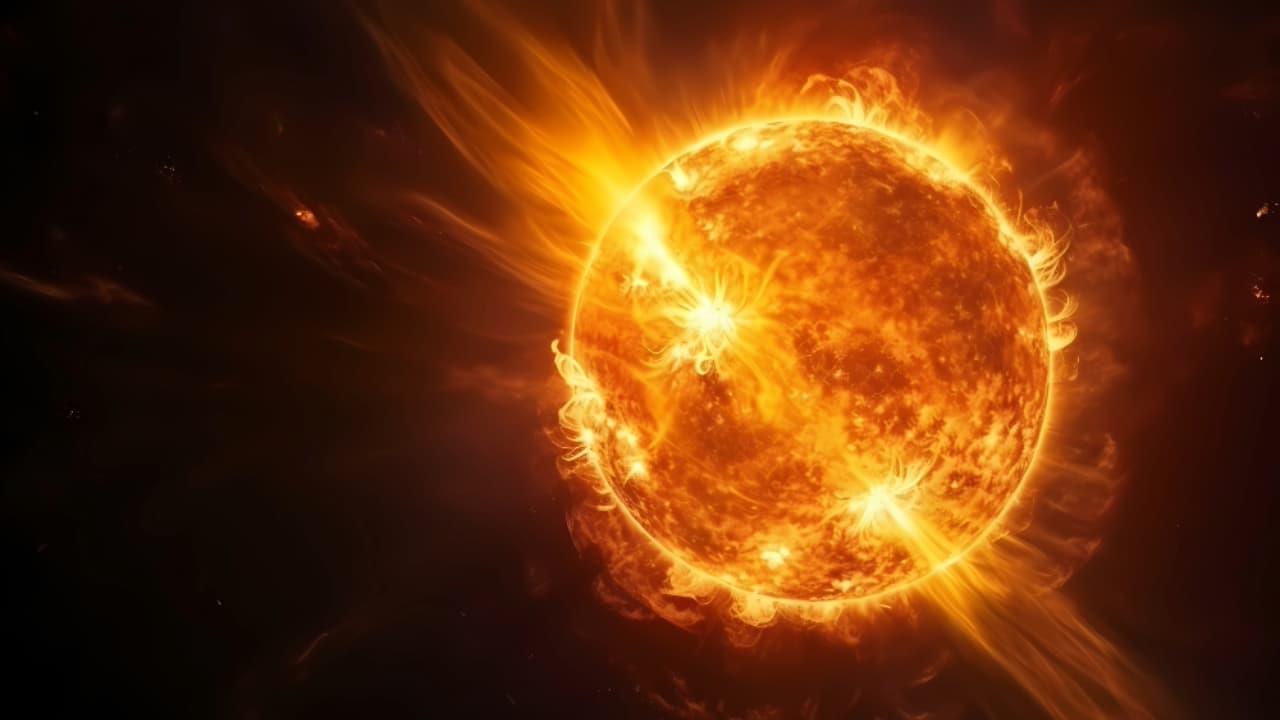
Rain On The Sun? Scientists Finally Explain The Mystery Of Solar Rain
It might sound strange, but it really does rain on the Sun. Of course, it's not like the rain we get on Earth. Instead of water droplets falling from clouds, this solar rain is made up of superheated gas, known as plasma, and it happens in the Sun's outermost and hottest layer called corona.
For many years, scientists were puzzled by how this solar rain forms, especially during solar flares, sudden bursts of energy coming from the Sun's surface. Cooler, heavier blobs of plasma appear high up in the corona and then fall back down towards the Sun. But no one quite understood how they formed so quickly until now.
Solar Rain Breakthrough
Researchers from the University of Hawaiʻi Institute for Astronomy (IfA) have finally come up with an explanation. The breakthrough came from Luke Benavitz, a first-year graduate student, working together with astronomer Jeffrey Reep. Their research, published in The Astrophysical Journal, has helped solve a long-standing mystery in solar physics.
In the past, scientists believed that the types and amounts of elements, like iron, in the corona remained the same over time. But Benavitz and Reep showed that this isn't true. When they allowed for changes in the elemental composition of the Sun's outer layers, the models suddenly matched what we actually see happening during solar flares. This small but crucial change in thinking explained why solar rain appears so quickly
Older models suggested it would take hours or even days for rain to form. But solar flares happen in just minutes. The new models show that when the mixture of elements changes, it affects how the plasma cools down, leading to rain forming much faster.
Predicting Space Weather
This discovery is not just important for understanding solar rain. It could help scientists better predict space weather, the solar activity that can disrupt satellites, GPS, and even power grids on Earth.
The findings also challenge a long-standing assumption: that the Sun's outer atmosphere stays the same over time. Now, scientists realize it's actually changing, which could affect many aspects of how the Sun works.
This fresh insight opens the door to many new questions. How do these changes affect solar storms? What else have our models missed? One thing is clear: this discovery gives scientists a new and more accurate way to study our closest star.
Legal Disclaimer:
MENAFN provides the
information “as is” without warranty of any kind. We do not accept
any responsibility or liability for the accuracy, content, images,
videos, licenses, completeness, legality, or reliability of the information
contained in this article. If you have any complaints or copyright
issues related to this article, kindly contact the provider above.
Most popular stories
Market Research

- Casper Network Advances Regulated Tokenization With ERC-3643 Standard
- Forex Expo Dubai Wins Guinness World Recordstm With 20,021 Visitors
- Superiorstar Prosperity Group Russell Hawthorne Highlights New Machine Learning Risk Framework
- Freedom Holding Corp. (FRHC) Shares Included In The Motley Fool's TMF Moneyball Portfolio
- Versus Trade Launches Master IB Program: Multi-Tier Commission Structure
- Ozzy Tyres Grows Their Monsta Terrain Gripper Tyres Performing In Australian Summers




















Comments
No comment